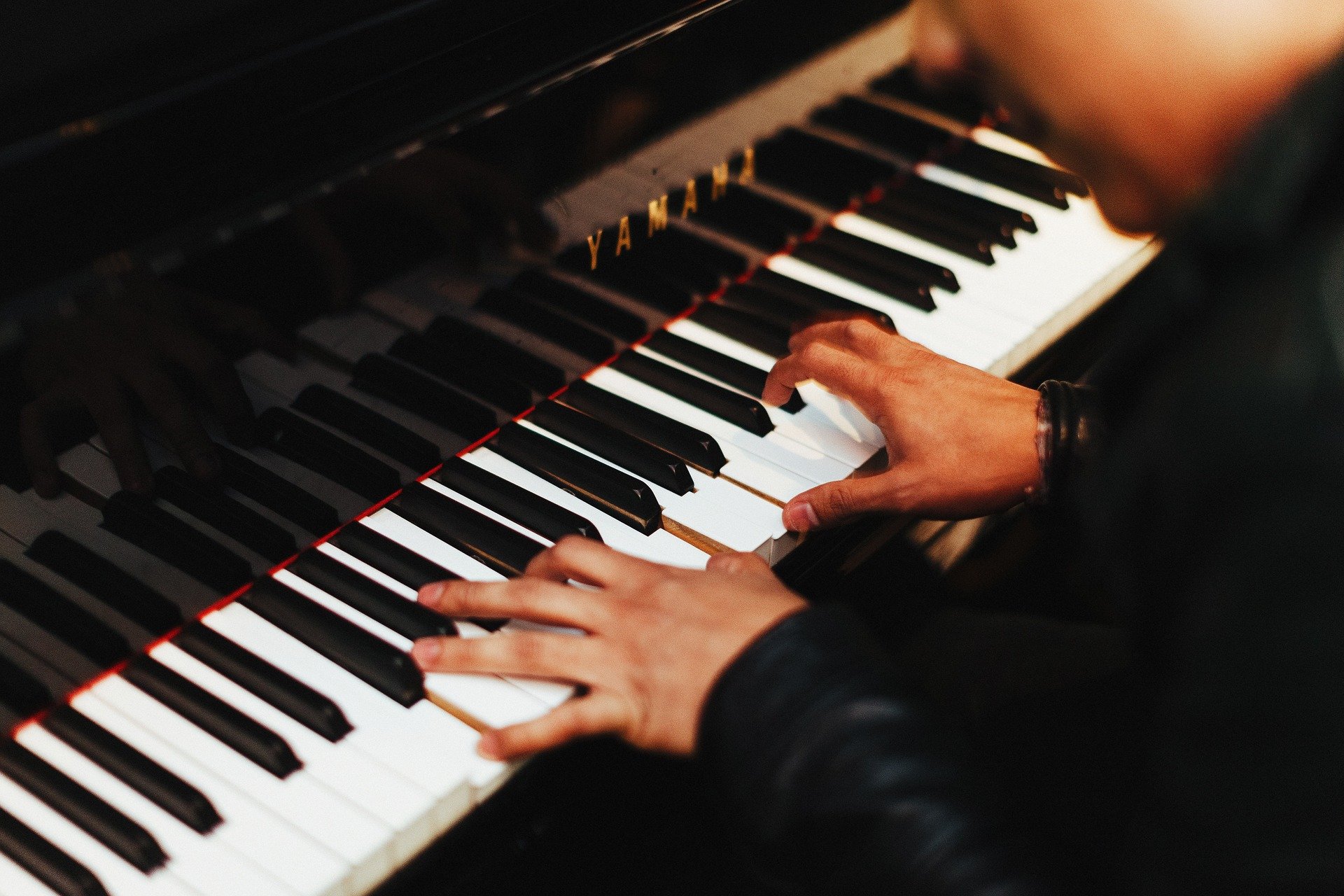
Multibody modeling of piano action
The piano relies on complex transmission mechanisms – called “action” – since their first appearance in the early 18th century (Cristofori’s invention of the forte piano). Thanks to Robotran, it has been possible to understand how these highly dynamic actions work, in order to
See below the different projects related to multibody modeling of piano action
The piano action of grand piano has been studied with a multibody model.
After the grand piano, the similar multibody study was carried out in the upright piano.
Similar aproach can be used to analyse the piano action of ancient instrument.
Develoment and analysis of the multibody model of a Fandrich piano action.
After studying multibody models of piano action, the next step is to develop a haptic piano key.